Dueling county fairs: It was Winons vs. St. Charles for
host site

The cattle parade at the 1910 Winona County Fair in St. Charles, Minn. (Photo courtesy of the Winona County Historical Society.)
from: winonadailynews.com
By Jerome Christenson
July 7, 2013
Get more than three settlers in a county and the arguments would start:
Who raised the fattest hog?
Who grew the tallest corn?
Who bakes the tastiest pies?
There was only one way to find out.
Hold a fair.
Winona County was scarcely four years on the map, a sparsely settled tract of hardwood forest and ridge-top prairie when the first county-wide agricultural exhibition was organized for Oct. 28-29, 1858. Held in Winona, the only sizable settlement in the county, the two-day fair was scheduled after the last of the harvest and before the Mississippi freeze-up closed down commerce with the rest of the country.
Though the weather was less than cooperative, the settlers and townspeople who trekked to the fairgrounds on the western reach of Wabasha’s Prairie — the future locale of the fairways and putting greens of the Westfield Golf Course — were treated to a good look at the county’s stoutest oxen, the fattest, finest barnyard fowl, and news of the latest innovations in frontier agriculture. They enjoyed the chance to mingle and socialize before the onset of another Minnesota winter.
host site

The cattle parade at the 1910 Winona County Fair in St. Charles, Minn. (Photo courtesy of the Winona County Historical Society.)
from: winonadailynews.com
By Jerome Christenson
July 7, 2013
Get more than three settlers in a county and the arguments would start:
Who raised the fattest hog?
Who grew the tallest corn?
Who bakes the tastiest pies?
There was only one way to find out.
Hold a fair.
Winona County was scarcely four years on the map, a sparsely settled tract of hardwood forest and ridge-top prairie when the first county-wide agricultural exhibition was organized for Oct. 28-29, 1858. Held in Winona, the only sizable settlement in the county, the two-day fair was scheduled after the last of the harvest and before the Mississippi freeze-up closed down commerce with the rest of the country.
Though the weather was less than cooperative, the settlers and townspeople who trekked to the fairgrounds on the western reach of Wabasha’s Prairie — the future locale of the fairways and putting greens of the Westfield Golf Course — were treated to a good look at the county’s stoutest oxen, the fattest, finest barnyard fowl, and news of the latest innovations in frontier agriculture. They enjoyed the chance to mingle and socialize before the onset of another Minnesota winter.

The Grandstand was packed but there was plenty of free parking at the 1910 Winona County Fair in St. Charles, Minn. (Photo courtesy of the Winona County Historical Society.)
For the next 50 years, the city of Winona would lay claim to the county fair as its right, as the county’s namesake city and dominant center of trade, industry and commerce. But the perceived pretensions of the big town on the river grated on the up and coming communities to the west.
The fair not only brought people and business to town for the run of the annual exhibition, but as the fair was considered by the state to be an occasion to promote agricultural innovations and education, the state provided a subsidy to each county fair association — a subsidy that many in the western farm country began to believe was doing more to benefit the merchants in the city than the farmers in the countryside.
The fair not only brought people and business to town for the run of the annual exhibition, but as the fair was considered by the state to be an occasion to promote agricultural innovations and education, the state provided a subsidy to each county fair association — a subsidy that many in the western farm country began to believe was doing more to benefit the merchants in the city than the farmers in the countryside.

Jams, jellies, and other examples of the domestic art on display at the 1910 Winona County Fair in St. Charles, Minn. (Photo courtesy of the Winona County Historical Society.)
The local St. Charles newspaper, the St. Charles Union, charged that the state aid provided the Winona fair “has been drawn for purely local and mercenary affairs in Winona” and agitated for a rival fair to be established.
The issue came to a head in 1910 when on April 2, 25 St. Charles men headed by John J. Speeter, John Frisch and A.R. Huebsch incorporated the Winona County Fair Association dedicated to “promoting agricultural and industrial progress and furnishing a pleasant means of getting together for a good time and the exchange of ideas once each year.”
read more:
http://www.winonadailynews.com/news/local/article_7d41d45c-e690-11e2-8a2a-001a4bcf887a.html


























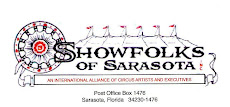















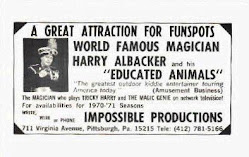

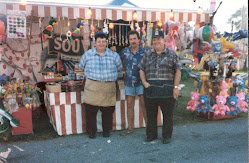





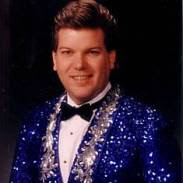






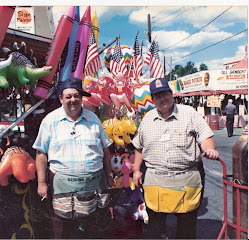
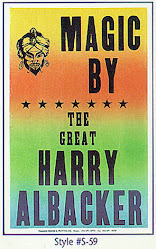











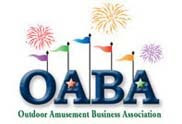



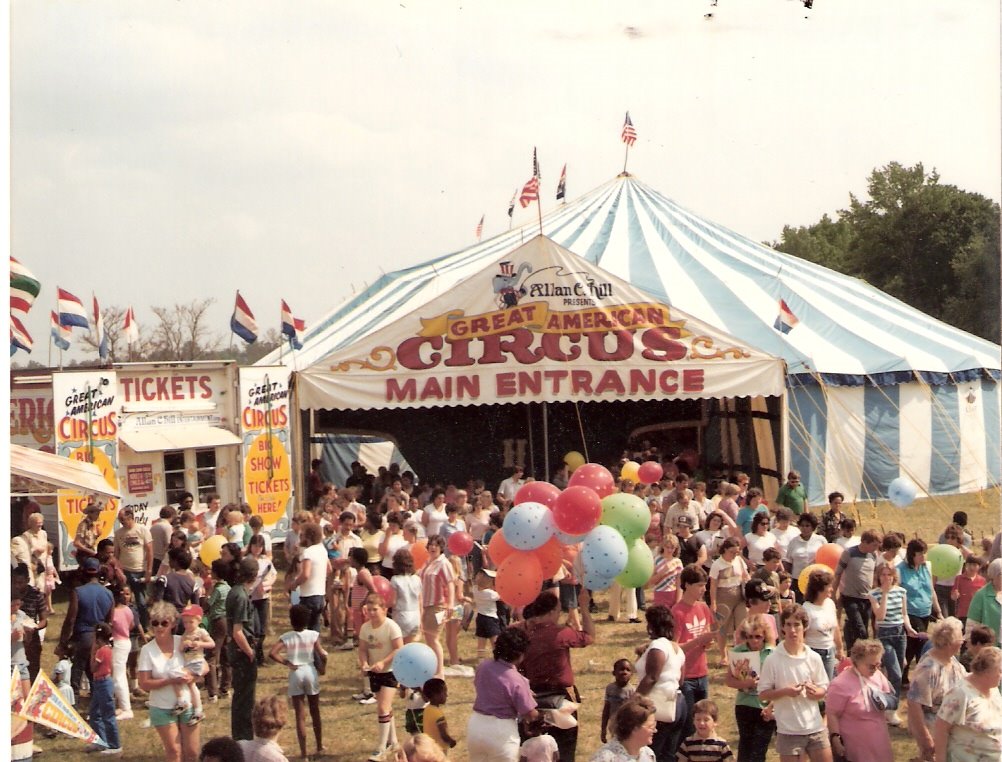









No comments:
Post a Comment